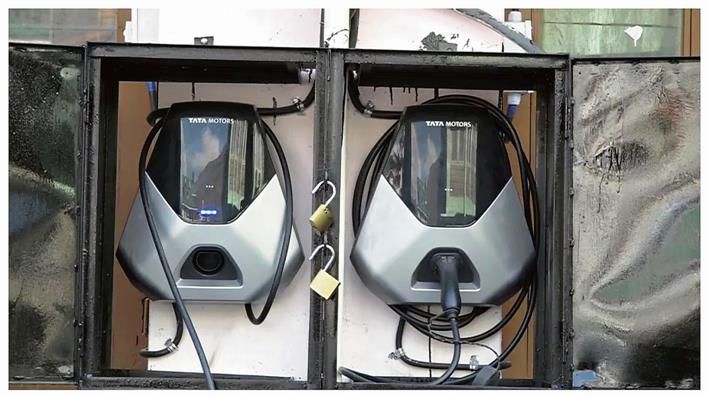The global energy storage for microgrids market is set to expand by $2.09 billion between 2024 and 2028, according to Technavio. This growth, with a compound annual growth rate (CAGR) of 22.79%, is driven by increased government support and microgrid energy storage projects. The market sees advancements in solar technology and energy storage solutions.
Key Drivers and Trends in the Energy Storage Market
Increasing microgrid installations are boosting the energy storage market. Central grids often fail to meet power demands, making microgrids crucial. Technological advancements enhance energy production quality, leading to the development of flexible, scalable microgrids. Hybrid microgrids, combining renewables, fossil fuels, and energy storage, represent a major advancement. The US Department of Energy’s R&D program aims to make microgrids integral to future electricity systems by 2035. This initiative focuses on reliability, resilience, decarbonization, and affordability.
Challenges in Microgrid Energy Storage
While microgrids offer improved reliability and power quality, they come with high implementation costs. These costs include smart meter installation, communication system deployment, and microgrid control systems. Solar PV arrays, batteries, and CHP systems used in microgrids are more expensive than standard centralized power facilities. Integration with other technologies also increases production costs. Compliance with utility grid interconnection standards, such as IEEE 1547 and 2030 in the US, adds to these expenses. These factors present significant challenges to the market’s growth.
Market Trends and Technological Developments
The energy storage market for microgrids benefits from the increasing demand for reliable, sustainable power solutions. Key players in this sector include ABB Ltd., AEG Power Solutions BV, and Aquion Energy. The market trends show the use of redox flow batteries, lithium-ion batteries, and lead-acid batteries. The demand for energy storage in microgrids is driven by the need for energy independence and the ability to store excess renewable energy for later use. The integration of electric vehicles into the grid is expected to further boost the market. The capacity to store energy is crucial for the efficient operation of microgrids and the integration of renewable energy sources.
Future Prospects and Market Analysis
The energy storage for microgrids market plays a pivotal role in enhancing grid reliability and resilience. Solar and wind energy face intermittency challenges, which energy storage solutions address by providing a consistent power supply. The transportation and industry sectors, as well as buildings and agriculture, can benefit from microgrids and energy storage. The commodity markets for kilowatt-hours and gigawatts continue to evolve, with energy capacity from electrified powertrains and consumer electronics adding to the demand. Commodity trading in the transportation and stationary markets further fuels the growth of energy storage for microgrids. Demand management and electric vehicle adoption also contribute to the increasing importance of energy storage in microgrids. Photovoltaics and other renewable energy sources are integrated with energy storage to ensure a stable power supply and improve overall grid performance.
The energy storage for microgrids market is expected to grow significantly due to the increasing demand for reliable and sustainable power supplies, as well as government initiatives to promote renewable energy and energy storage. Advanced control systems and IoT technologies will also drive market growth by improving the efficiency and performance of energy storage systems.
Source:prnewswire.com





